Teasel
- Teasel (Dipsacaceae family):
- Dipsacus fullonum L.
- EPPO code:
- DIWSI
- Other names:
- Wild teasel, card thistle
Species information
- Lifecycle:
- Biennial or monocarpic perennial.
- Propagation:
- Reproduces only by seed.
- Emergence:
- The majority of seeds will germinate in early spring, but they can also germinate in the fall.
- Habitat:
- Teasel is most commonly found on field edges and in ditches, waste areas and pastures.
- Competitiveness:
- Teasel is rarely found in cultivated crops. More often it is found in pasture ground. The palatability of teasel is poor, making it an undesirable species in pastureland.
Identification clues
Seedling
- Cotyledons:
- Smooth, oval or round.
- Rosette leaves:
- Teasel’s rosette leaves are shiny green and oval or egg-shaped. They have toothed margins and are prickly when touched.
- Stem leaves:
- Its stem leaves are opposite, smaller than the rosette leaves and more pointed at the tip. They, too, are prickly when touched, and they have a row of spines on the mid-rib and short-toothed margins.
Mature plant
- Stems:
- Teasel’s stem is green and covered in prickly whisker-like hairs.
- Flowers:
- Teasel has numerous, small, light purple flowers that grow in an egg-shaped spiny head that has long, slender, stiff, prickly bracts.
- Seeds:
- Its seeds are four–angled and light brown with parallel ridges. Each seed head produces hundreds of seeds.
- Roots:
- Taproot with secondary fibrous roots.
Often mistaken for
I know it's not Thistles because although teasel is prickly to the touch, the rosette and stem leaves are oval with short-toothed margins, and are not deeply lobed or divided and sharp toothed like many of the common thistle species.
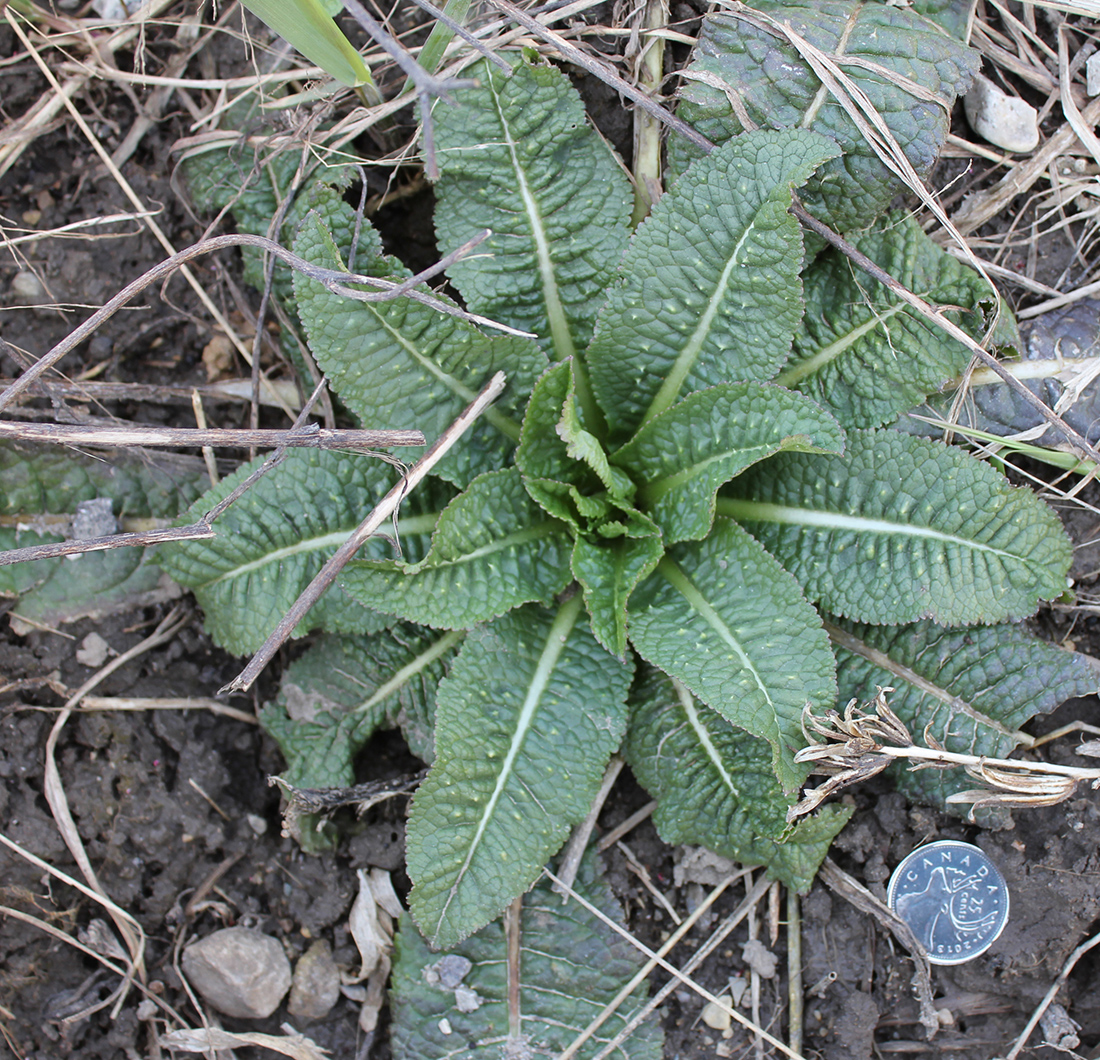
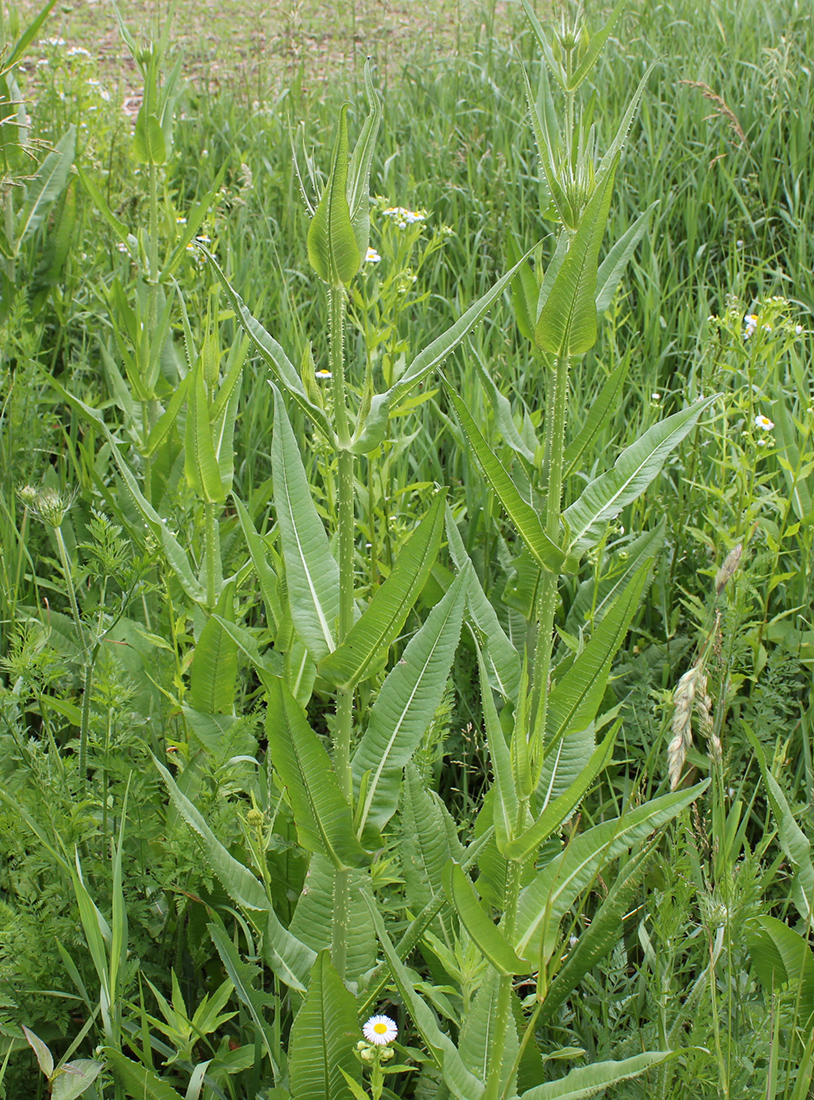
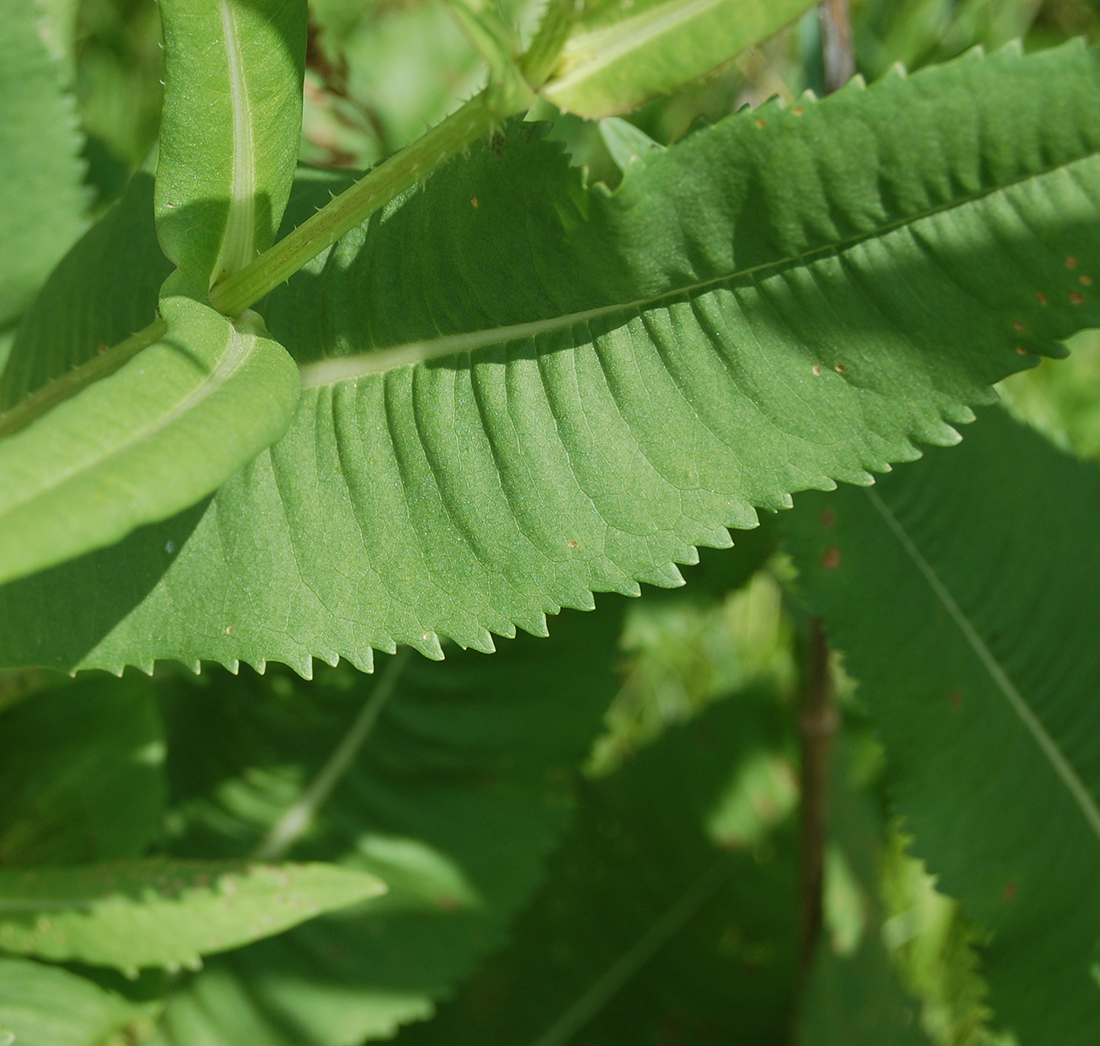
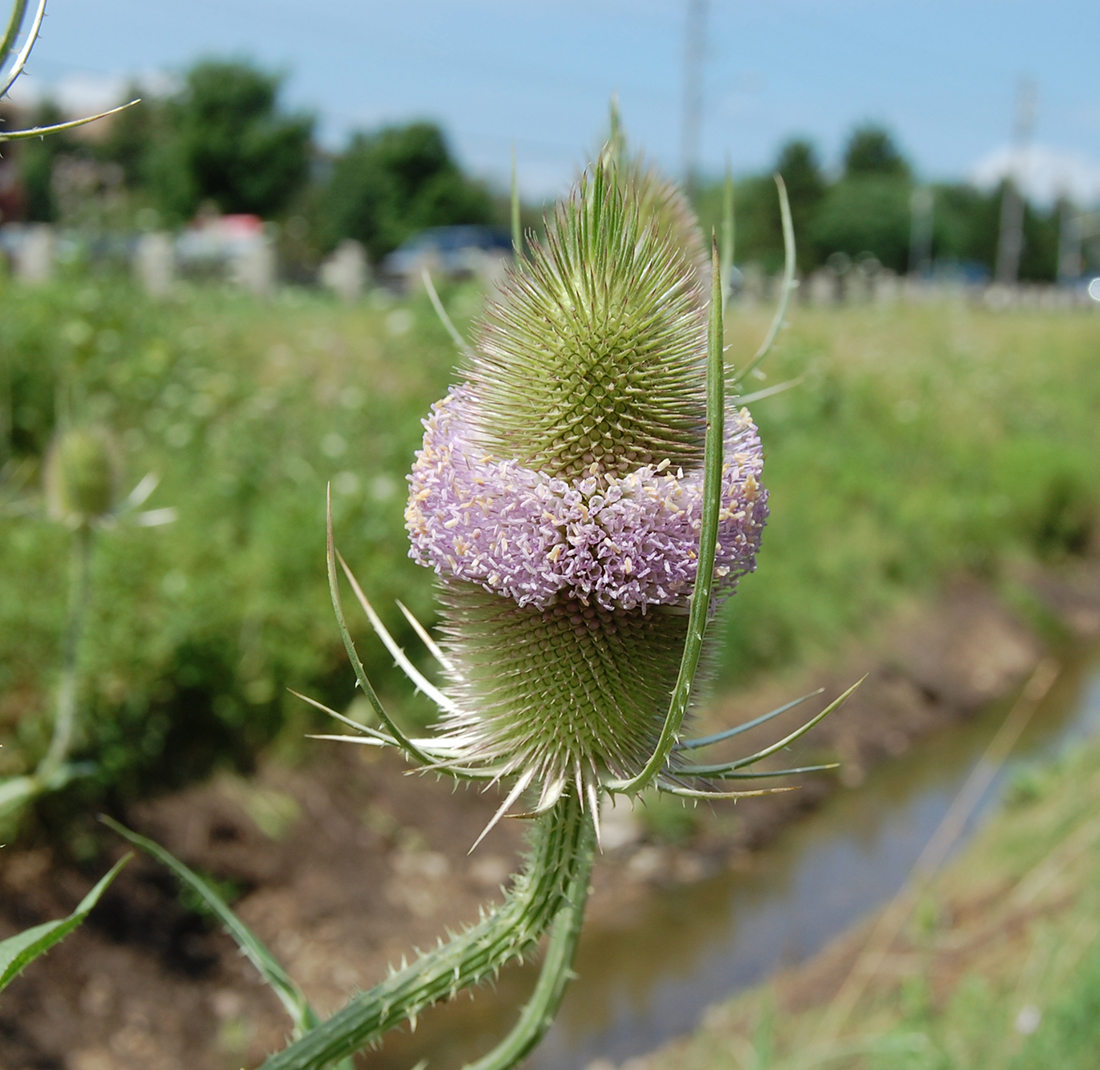
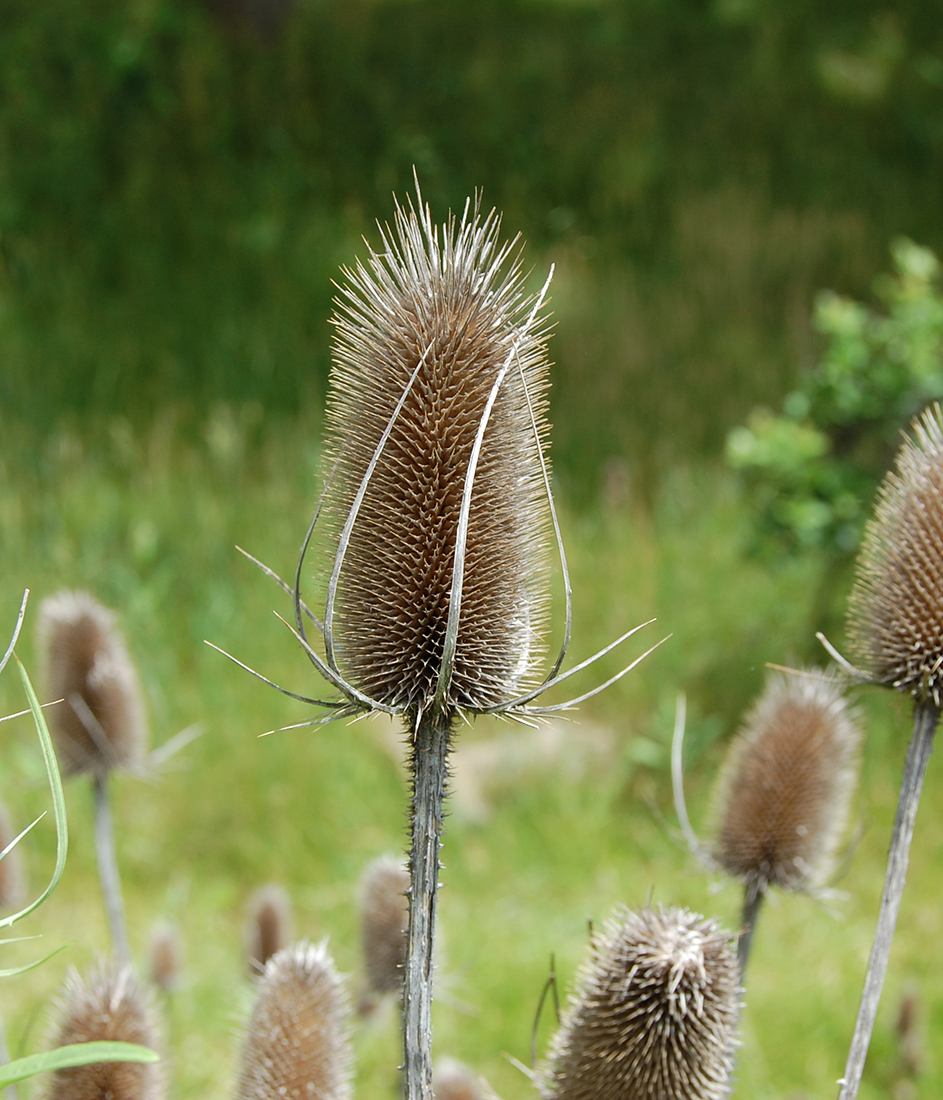
Updated: August 14, 2023
Published: January 13, 2023